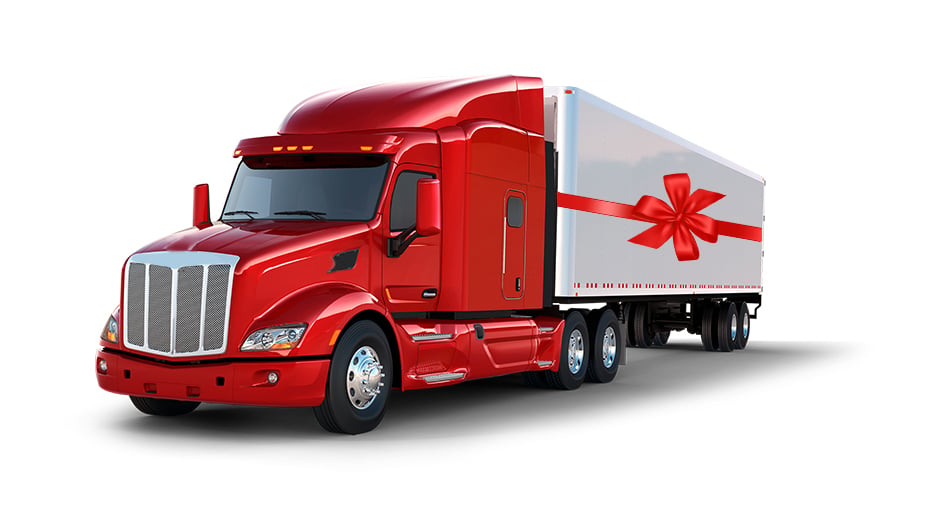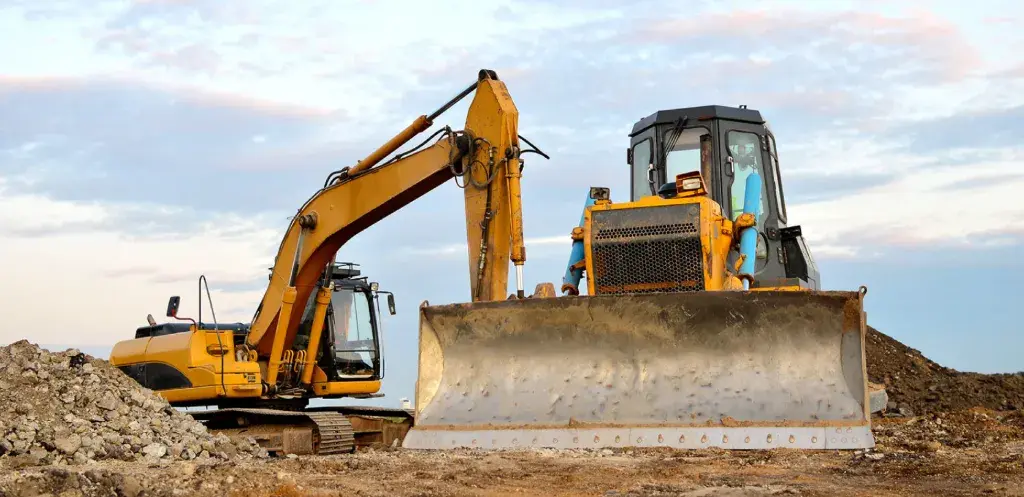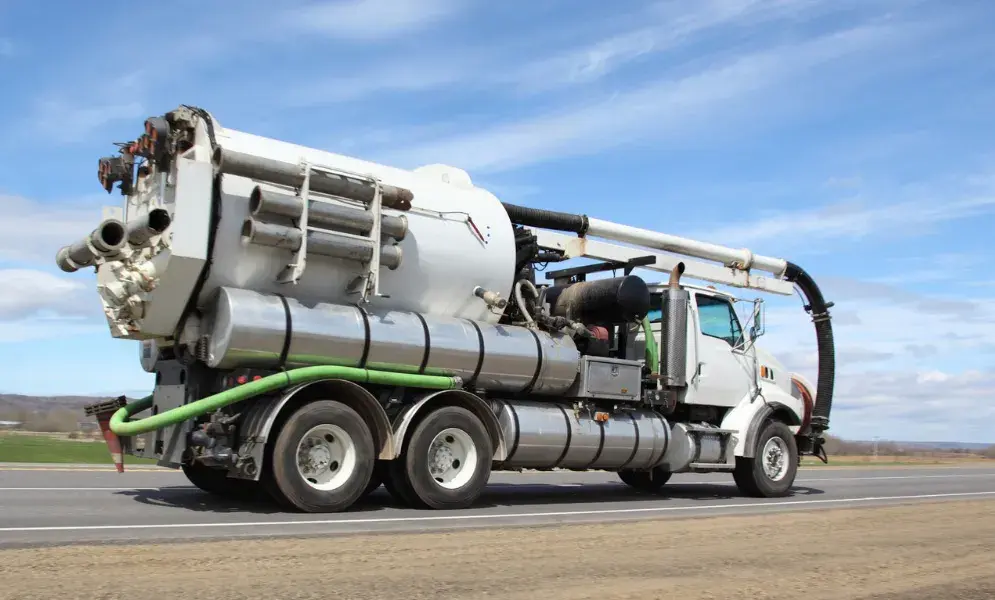Recently we provided a brief review of 2020 and some of the business lessons learned from the chaos and struggles. One of the main points in that article was that the industries served by CCG - construction, transportation, manufacturing, waste – are essential to the nation’s economic wellbeing.
This post will explore some of the challenges and changes that occurred for each of these industries.
construction
As did nearly every industry, when stay-at-home orders were issued, most construction sites halted work. This led to some initial furloughs and lay-offs as companies determined how to safely bring employees back to work to continue operating. Additionally, the shutdown of material manufacturing facilities led to disruptions in the supply chain, extending lead times and causing price increases for many construction materials (lumber, steel, drywall, etc.) and delaying delivery dates of finished construction.
In addition, the various sectors of construction have been impacted differently. For example:
- Commercial construction has declined more than residential and nonbuilding
- Commercial construction declined 24% from 2019
- Gains were seen in warehouse construction, losses in office buildings and restaurants
- Nonbuilding construction (civil) declined 14% from 2019
- Budgets for many civil jobs had already been allocated so these continued, albeit at a slower pace
- Gains were realized in highway and bridge construction
- Residential construction increased 4% from 2019
- In December 2020, S. Housing Starts posted their highest level since 2006
- Overall backlog ratios and industry confidence fell, but recovered slightly during late summer and early fall of 2020 (Dodge)
The ongoing impact remains to be seen, especially for commercial construction as the market for office and retail space takes shape. Expect continued extended lead times and high prices for construction materials but improving confidence due to the roll-out of the vaccine, and an accommodative federal reserve.
manufacturing
On March 18, 2020, to help quell the spread of the coronavirus, the major automakers in Detroit announced a complete shutdown of operations in the U.S., Canada and Mexico, idling factories until at least March 30. This led the way for other manufacturing companies to shutdown temporarily.
The temporary shutdowns allowed the manufacturers to implement safety protocols so they could safely get employees back to work. Short term these temporary shutdowns caused significant disruptions in the supply chain for nearly every raw material and component product. Longer term affects have also materialized.
- Increased investment in automation
- Reduces need for human interaction and contact
- Lessens the impact of absenteeism
- Increases flexibility in operations and production
- Changes in end-use product demand created opportunities for retooling
- Increased emphasis on reshoring to lessen the impact of global turbulence
- Shifts in product demand
- Increases in non-elective procedure medical equipment and PPE
- Increased demand for technology and personal leisure equipment
- Decreased demand for aircraft parts, restaurant equipment
Despite the volatility and general pessimism in 2020, the U.S. manufacturing industry ended 2020 in good spirits. The Manufacturing Purchasing Managers Index (PMI) for January 2021 hit a 10-year high and while some supply chain delays and raw material shortages can still be expected, it looks like 2021 will be better than 2020.
transportation
The initial shutdowns sidelined transportation and logistics companies much like the rest of the world. However, given that the trucking industry moves approximately 75% of the nation’s goods, a full and extended shutdown wasn’t feasible and the demand for consumer goods remained unabated. In fact, the American Trucking Associations’ truck tonnage index shows December 2020 registering the first year-over-year gain since March 2020 and ending the year on a high note.
Key industry statistics and observations include:
- Declining fuel prices, hitting lows the first week of May, and staying low until the holiday shipping season began in November
- Route restructuring to accommodate supply/demand changes
- Driver shortages
- Once back to business, many trucking companies struggled with finding drivers because many drivers were receiving stimulus and unemployment compensation and were reluctant to return to work
- Implementation of the National Drug & Alcohol Clearinghouse in January 2020
- Freight highlights – freight to grocery stores and big box retailers, and shipments from on-line retailers
For trucking companies, 2020 was very much a roller coaster ride, which is reflected in the graph of the truck tonnage index. The outlook heading into 2021 is fairly optimistic but volatility in tonnage, spot rates and fuel prices are always difficult to predict.
waste
In spite of the work-from-home orders, waste companies remained operational, but the shift from office to home and the closing of restaurants, hotels, gyms and other business altered how and where waste, garbage and recycling were generated.
- Increased tonnage from residential customers
- More waste from homes meant trucks filled faster
- Routes modifications or additions were necessary to pick-up waste from all homes
- Increased costs – fuel, labor, landfill tipping fees
- Increased tonnage for recyclables, especially cardboard shipping boxes
- Decreased tonnage from commercial entities
- Declines in demand for use of front-loading trucks
- Increased construction boosted demand for roll-off containers
The changes in waste creation and disposal posed financial challenges for many waste companies. The increased tonnage from residential customers resulted in increased costs, but most companies with municipal contracts or homeowner’s associations (HOA) could not increase contracted prices to offset the rising costs. Companies with subscription business (individual accounts with homeowners) could possibly increase fees, but many homeowners are provided with yearly pricing, so some increases could not be achieved.
Waste companies that operate a variety of equipment types (front-loaders, rear- or side-loaders, roll-off trucks) had the flexibility to make route and fleet deployment adjustments, allowing many to remain profitable despite the challenges.
Regardless of the industry in which you operate, the pandemic exposed the importance of being prepared to address business disruptions and having the resources to adjust your business model to cope with and take advantage of changing markets.
Some form of market volatility can be expected in any industry and being prepared is the best way to survive and capitalize on any opportunity.

Additional Resources:
Construction Material Shortages
Pandemic Effects on the Construction Industry
U.S. Factories Closed or Open Due to Coronavirus






















